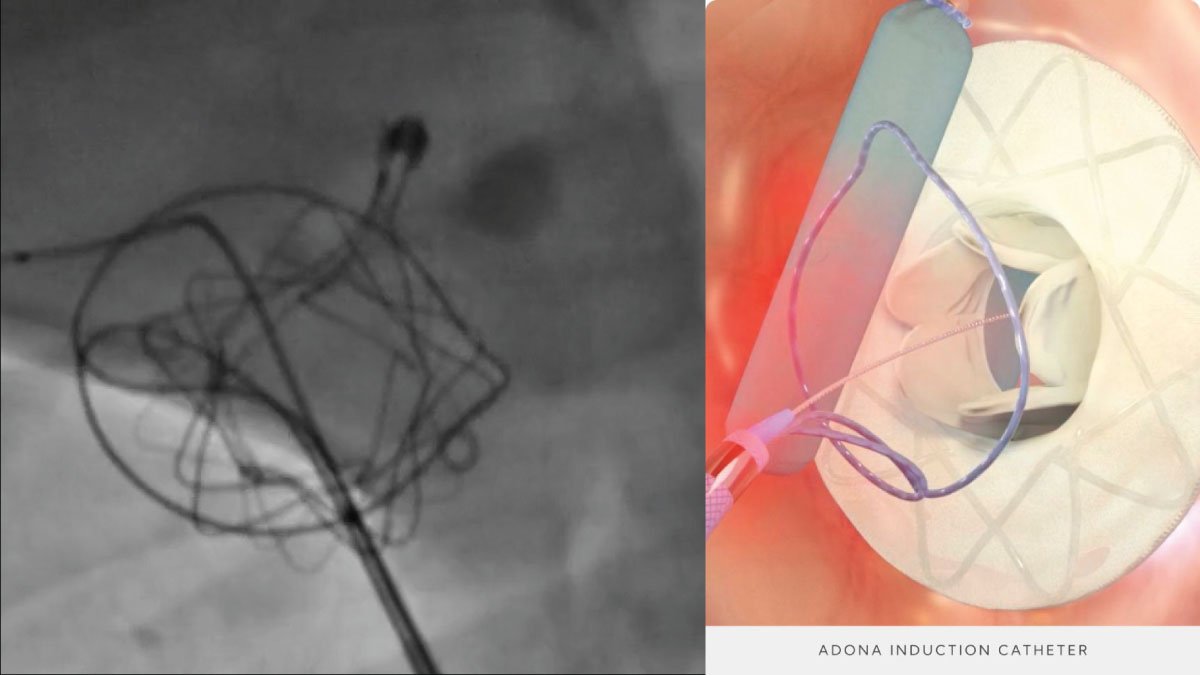3D-Printed Microneedles Revolutionize Drug Delivery and Diagnostics

The introduction of advanced 3D-Printed Microneedles technology is transforming the realms of medication delivery and diagnostic testing. This innovation promises to revolutionize the way medical treatments are given and monitored, setting the stage for more tailored and effective healthcare.
Benefits of 3D-Printed Microneedles
3D-printed microneedles represent a major breakthrough in the field of medical technology, providing a minimally invasive approach to administering medication and collecting diagnostic samples. Unlike conventional hypodermic needles, these microneedles are virtually painless and cause minimal discomfort, making them perfect for patients who need frequent injections or monitoring. The accuracy of 3D printing technology allows for the creation of microneedles that are customized to deliver specific drugs at precise rates, enhancing the success of treatments.
The use of 3D printing also enables quick prototyping and scaling, which speeds up the development of new medical devices and therapies. This is especially advantageous in addressing health emergencies, where swiftness and flexibility are essential.
Potential Applications of 3D-Printed Microneedles
The potential uses of 3D-printed microneedles go well beyond just medication delivery. They can be incorporated into wearable health devices, offering continuous monitoring of glucose levels for diabetics or the detection of biomarkers for early disease diagnosis, such as cancer. Additionally, these microneedles can be utilized for targeted therapy, delivering medication directly to specific tissues or organs, thereby increasing the therapy’s effectiveness and reducing side effects.
Another promising application is in the field of remote healthcare. With the growth of telemedicine, 3D-printed microneedles can support remote monitoring and medication administration, enabling patients to receive care without the need to visit a medical facility. This is particularly beneficial in areas that are underserved or rural, where access to healthcare services is scarce.
Future Trends and Innovations
As 3D printing technology advances, we can anticipate even more sophisticated versions of these microneedles. Future developments might include smart microneedles equipped with sensors that can adjust the delivery of medication in real-time based on the patient’s physiological responses. Moreover, progress in material science could lead to microneedles that are more robust, capable of carrying larger doses, or that dissolve completely within the body.
Conclusion
The integration of artificial intelligence (AI) with microneedle technology also holds great potential. AI-driven analysis of data gathered by microneedles could result in more personalized treatments and the early detection of health issues, thereby improving patient outcomes and reducing healthcare expenses. As these technologies merge, the future of medicine appears to be increasingly centered on precision, personalization, and empowering patients.




















